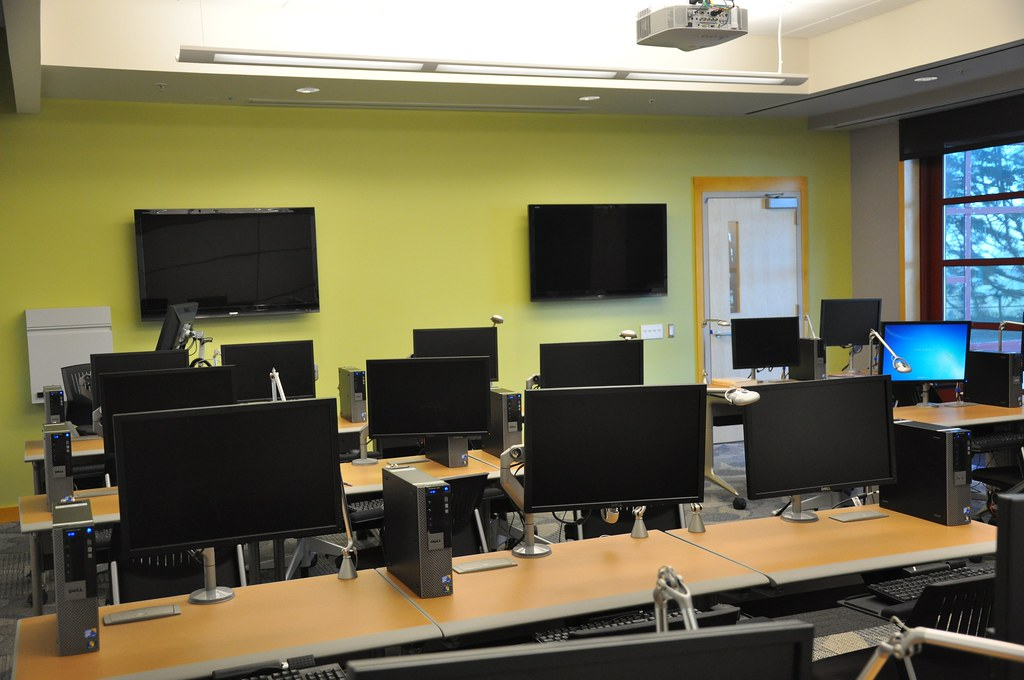Through my own experience with educational blogging, and through reading the experiences of others, I believe it is safe to say that blogging, despite its slightly dated connotation, is an effective and useful way to share personal thoughts and opinions. Educational blogging, at its core, breaks down barriers. It allows individuals to share opinions that would not otherwise be shared, and for individuals to hear opinions that would not otherwise be heard. In this sense, blogging breaks down barriers that would have otherwise kept these ideas restrained. In the field of education, our purpose in blogging is to educate. Whether it be with our students, or other educators, blogging allows teachers a unique form of expression and instruction that furthers interpersonal connection through technology.
 |
Blogging can share any individual's thoughts and opinions to a much larger, worldwide audience. |
This semester, I was able to construct my own blog, and discuss topics in the realm of education that I found both relevant and interesting. Many of my classmates did the same, and one topic that kept coming up was the topic of class size. While I never covered this topic, I find the subject to be extremely relevant, and often overlooked, as I overlooked it myself. Suzy Hill expressed her hope that classes will decrease in size, Kristen Sabinsky further delved into the developmental benefits of a smaller class size for younger students, and Allison Schaumberger even connected larger class sizes to teachers leaving the profession. Like my classmates, I share the hope that class sizes will decrease by whatever means necessary. As Sabinsky shared, there are many benefits of smaller class sizes which include, but are not limited to, more personalized learning, one on one instruction, and higher performance levels in the classroom.
My experience with educational blogging, while extremely minimal, has been quite insightful. While I initially brushed off the thought of ever maintaining an educational blog, simply due to my desire to teach in high school, I now realize that blogging doesn’t necessarily have to be for my students. Instead, it can be for me, or any number of education professionals who may find comfort or encouragement through our shared experiences, opinions, and/or frustrations. That being said, even though I may not find the time to prioritize blogging during my first few years in the classroom, I firmly believe that educational blogging is something I will find my way back to in due time.


